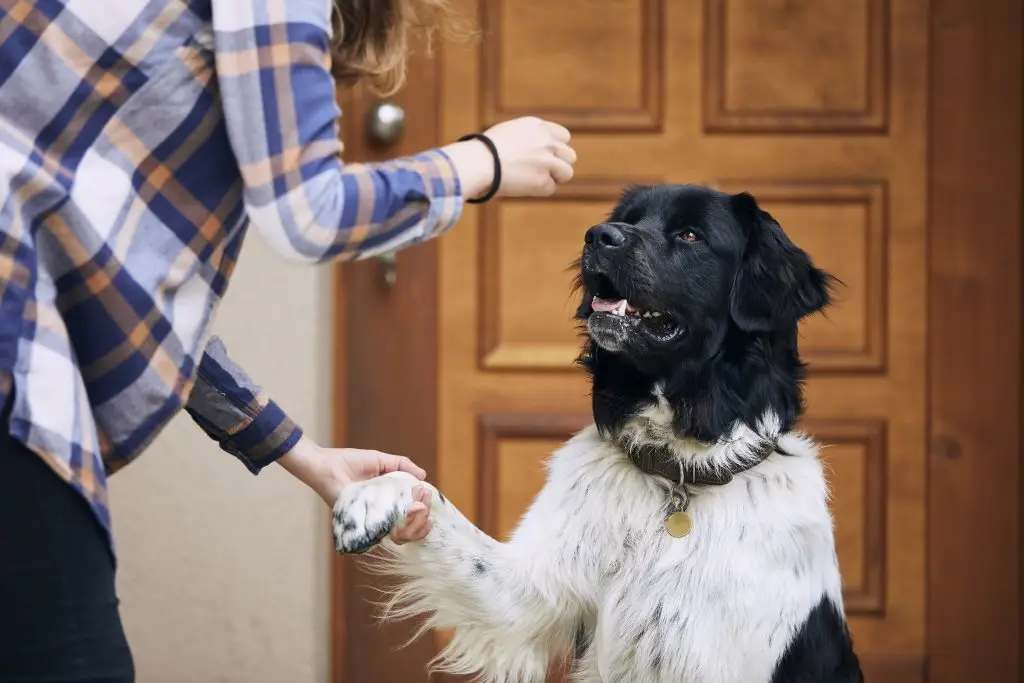House training your dog is one of the most important first steps in establishing a harmonious relationship. The timeline can vary greatly, but with patience and a solid strategy, you can set your dog up for success and a lifetime of good habits.

Average timeline for puppy house training
For a puppy, the average house training period is about 4 to 6 months, but you should see significant progress within the first 4 to 6 weeks of consistent training. At first, puppies have very little bladder control, and it’s physically impossible for them to hold it for long periods. Their ability to “hold it” improves with age. An older dog who hasn’t been house-trained might take longer, as you’ll have to work to break old habits and establish a new routine.
Factors that affect training speed
Several factors can influence how quickly your dog learns to go potty outside:
- Age: Younger puppies need more frequent potty breaks, but they are also in a critical learning period and are highly receptive to training. Older dogs have better bladder control, but may have ingrained habits that need to be unlearned.
- Breed: Some breeds are known for being easy to house-train, while others can be more challenging. For example, some small breeds have tiny bladders, while certain working breeds are quick to pick up on new routines.
- Routine: This is perhaps the single most important factor. A consistent routine helps your dog understand when and where they should relieve themselves. Lack of a schedule is the number one reason house training fails.
Step-by-step guide to successful house training
Follow these steps to establish a positive and effective house training routine:
- Establish a Schedule: Take your puppy outside first thing in the morning, last thing at night, after every meal, after waking from naps, and after playtime. Consistency is key.
- Supervise: Keep your puppy on a leash or within sight at all times when inside the house. This prevents them from having accidents without your knowledge.
- Use a Crate: A crate can be a powerful house-training tool. Dogs instinctively do not want to soil their sleeping area. The crate should be just big enough for them to stand, turn around, and lie down comfortably.
- Choose a Potty Spot: Pick a designated outdoor spot and always take your puppy there. The familiar scents will encourage them to go.
- Use Positive Reinforcement: When your dog successfully goes potty outside, praise them enthusiastically and give them a high-value treat immediately. This creates a strong positive association with the desired behavior.
Common mistakes owners should avoid
- Punishing Accidents: Never scold or punish your dog for an accident. This will only teach them to fear you and may cause them to hide when they need to go, making training more difficult.
- Giving Too Much Freedom: Don’t allow your puppy to roam unsupervised until they are fully house-trained. If they have an accident out of your sight, it won’t help them learn.
- Not Being Consistent: House training requires a commitment from every member of the household. Everyone must follow the same schedule and rules. Inconsistency will only confuse your dog.
When to seek help from a professional trainer
While most house training can be handled at home, there are times when it’s best to seek professional guidance. Consider consulting a trainer if:
- You have been consistently following a routine for several weeks with no progress.
- Your dog shows signs of behavioral issues like anxiety or submissive urination.
- You have an older dog with ingrained habits that you are struggling to change on your own.



